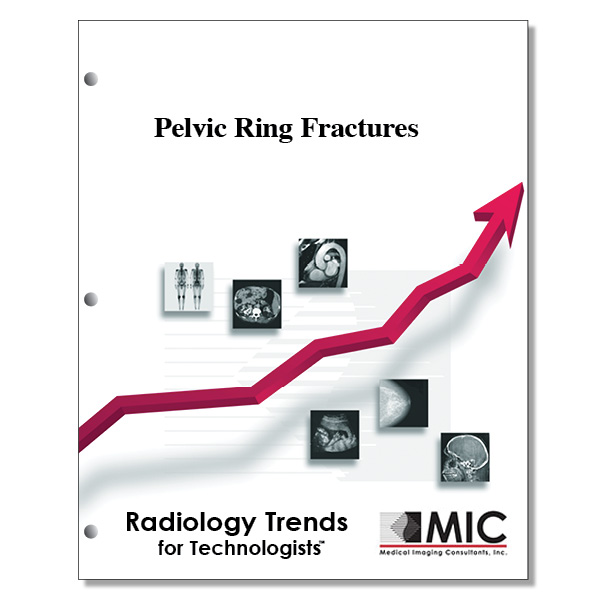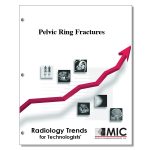

Pelvic Ring Fractures
Anatomy and biomechanics of the pelvis are presented as well as imaging techniques and examples of pelvic ring injuries.
Course ID: Q00432 Category: Radiology Trends for Technologists Modalities: CT, Radiography3.0 |
Satisfaction Guarantee |
$34.00
- Targeted CE
- Outline
- Objectives
Targeted CE per ARRT’s Discipline, Category, and Subcategory classification for enrollments starting after February 24, 2023:
[Note: Discipline-specific Targeted CE credits may be less than the total Category A credits approved for this course.]
Computed Tomography: 2.50
Procedures: 2.50
Head, Spine, and Musculoskeletal: 2.50
Radiography: 2.50
Procedures: 2.50
Head, Spine and Pelvis Procedures: 2.50
Registered Radiologist Assistant: 3.00
Procedures: 3.00
Musculoskeletal and Endocrine Sections: 3.00
Outline
- Introduction
- Relevant Anatomy and Biomechanics of the Pelvis
- Imaging Evaluation
- Pelvic Ring Injuries
- Classification of Pelvic Fractures
- Lateral Compression Injury
- AP Compression Injury
- Vertical Shear Injury
- Combined Mechanism Injury
- Conclusion
Objectives
Upon completion of this course, students will:
- describe the most common causes of displaced pelvic ring fractures
- understand why pelvic ring fractures increase the risk of patient mortality
- describe complications that may occur as a result of pelvic ring fracture
- describe the basic anatomy of the pelvic ring
- understand the biomechanical functionality of the pelvic ring
- name the ligaments that make up the pelvic rim
- know which ligament in the pelvic rim resists vertical shear and flexion forces
- name the vascular structure that supplies most of the blood to the pelvic wall and viscera
- know the location and anatomic importance of the ASIS
- name the radiographic projections on which anterior ring fractures are most often evident
- describe the anatomy best visualized by the pelvic outlet radiographic projection
- describe the anatomy best visualized by the pelvic inlet radiographic projection
- describe the x-ray tube angle and central ray position used to obtain the pelvic outlet projection
- describe the x-ray tube angle and central ray position used to obtain the pelvic inlet projection
- describe the anatomy best visualized by the Judet radiographic projections of the pelvis
- describe the degree of patient obliquity used when acquiring a Judet view of the pelvis
- understand how image reconstruction is used when performing CT of the pelvis to rule out fractures
- know why MR imaging plays a limited role in imaging patients with polytrauma
- name the types of pelvic fractures that tend to displace over time when exposed to normal physiologic loading
- be familiar with the Letournel and Judet classification system of pelvic ring injuries
- be familiar with the Tile classification system of pelvic ring injuries
- be familiar with the Young and Burgess classification system of pelvic ring injuries
- know what is used to assist in the visualization of posterior sacral fractures
- describe lateral compression type 1, 2, and 3 injuries
- know other terms for pelvis lateral compression type 3 injuries
- describe how the disruption of certain ligaments can cause lateral compression type 3 injuries to be unstable
- describe which anatomic region of the pelvis is the first point of failure In AP compression injuries
- understand the naming of pelvic type 2 AP compression injuries in which there is external rotation of one or both hemipelvises
- know the indications of posterior ring injury and the independent predictors of instability of the pelvis
- describe what causes vertical shear fractures of the pelvis
- understand vertical shear fractures of the pelvis and how they are related to age
- describe conventional radiographic views that best depict cranial and posterior displacement of the iliac bone
- know how medical imaging can assist in diagnosing associated injuries from pelvic vertical shear trauma to the urethra
- know where urethral ruptures typically occur due to pelvic ring trauma injuries
- be familiar with combined mechanism pelvic ring injuries
